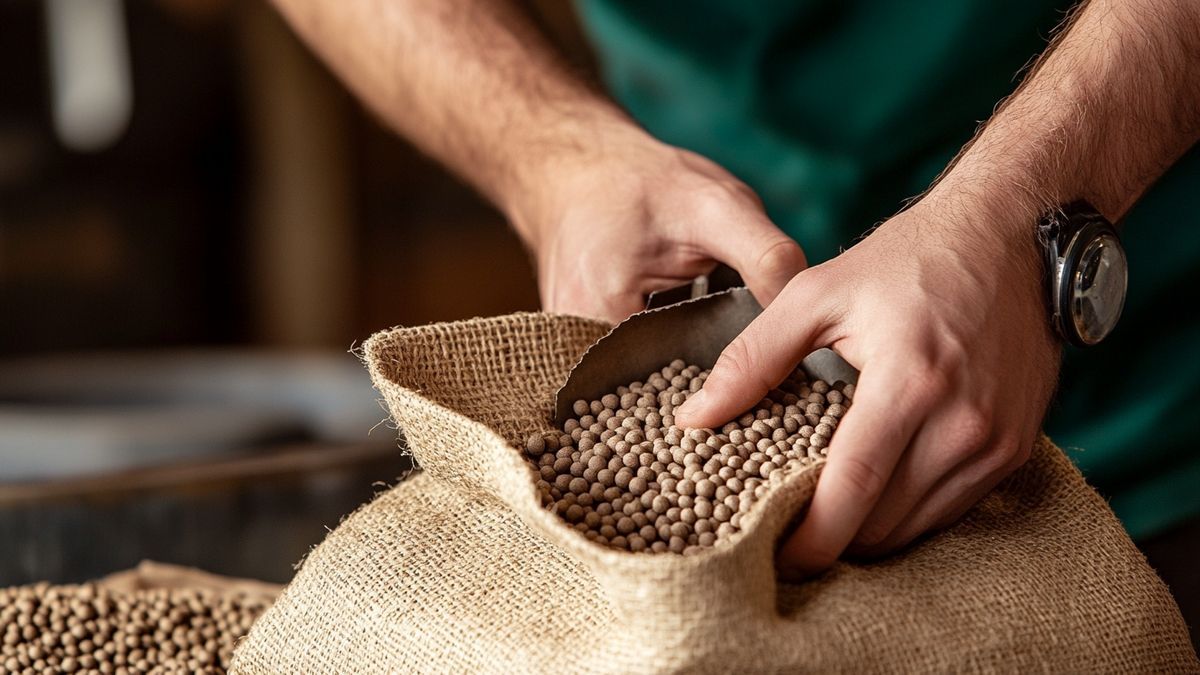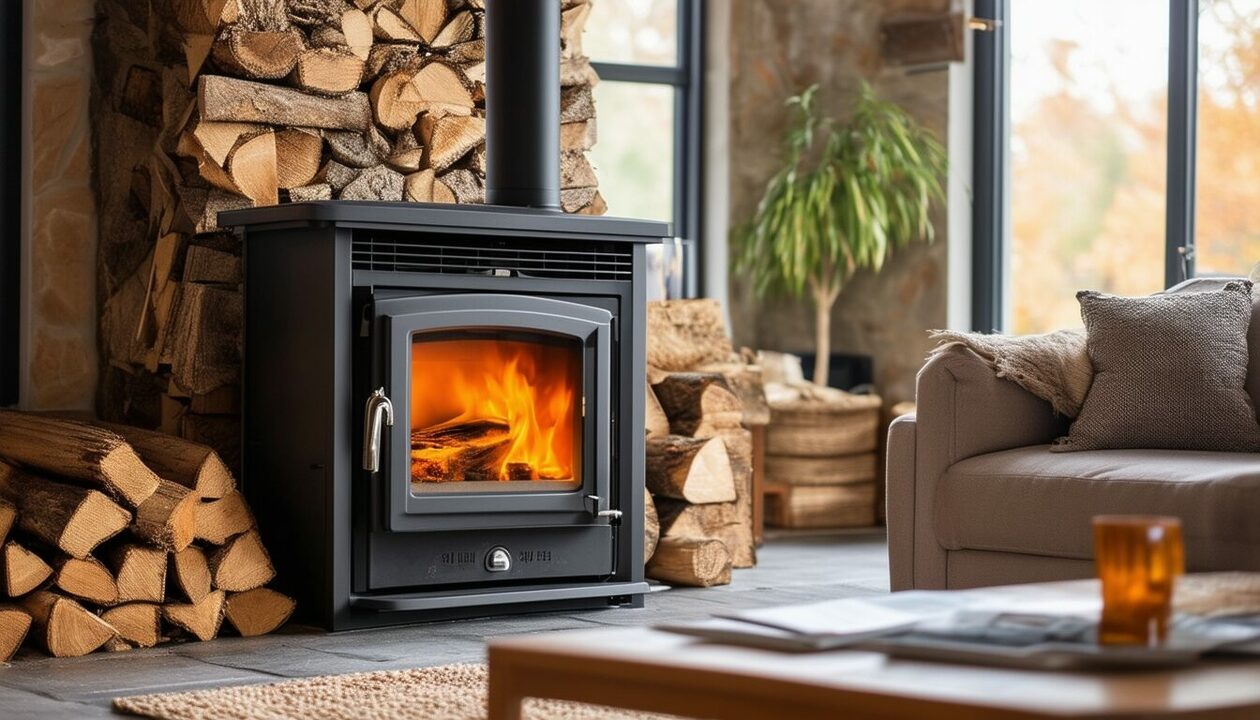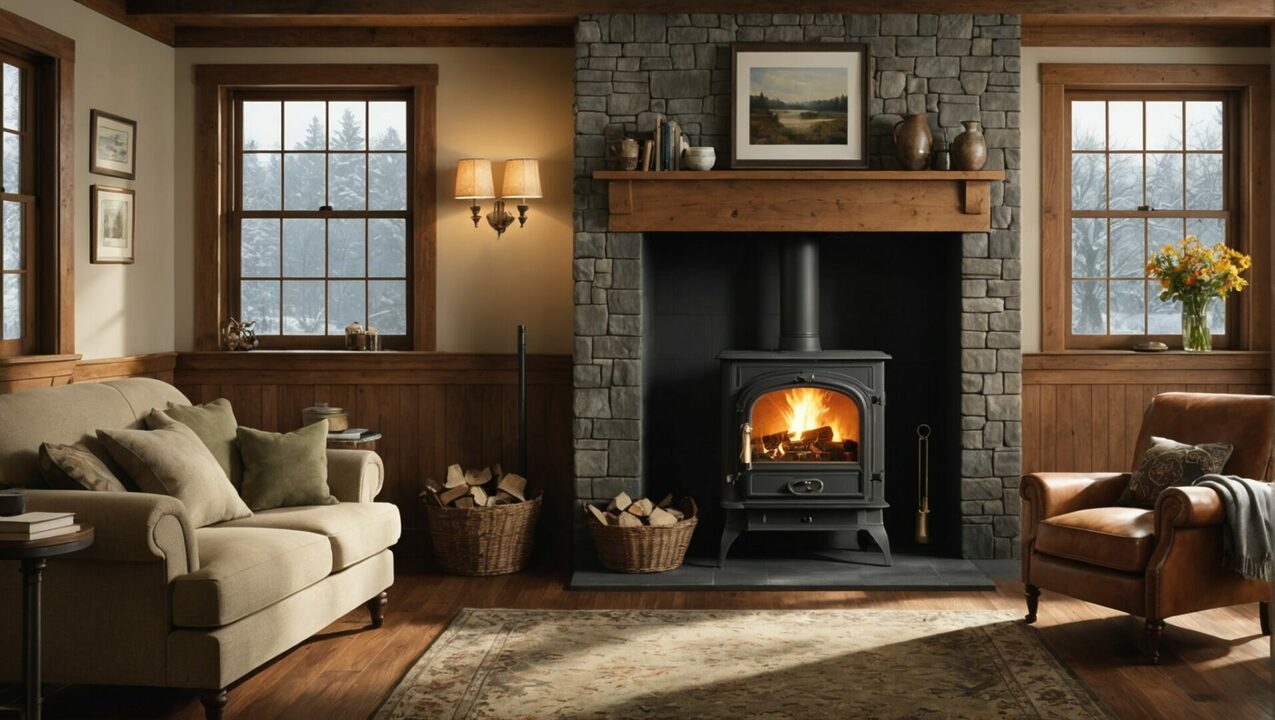When the cold season approaches, many people ask themselves the question of the quantity of pellets necessary for a comfortable winter. There is no shortage of options, but knowing the right estimates can make all the difference in ensuring efficient heating for your home.
Estimated annual consumption
On average, a household uses approximately 2 tons of pellets of wood per winter. However, this can fluctuate depending on different factors, such as the size of your home, the quality of the insulation and the frequency of use of the stove. For a house of approximately 100 m2, it is common to estimate that it is necessary between 132 And 222 bags of pellets, each bag weighing between 15 And 20kg.
Factors influencing consumption

Determine exactly how many bags of pellets will be required can be complex. Several elements must be taken into account:
- Area of the house : The larger the space to be heated, the higher the pellet consumption will be.
- Insulation : A well-insulated house will require fewer pellets to reach a comfortable temperature.
- Outdoor temperature : Harsh winters can increase consumption.
- Use of heating : The frequency of use of the stove can influence the need for pellets.
Estimate based on operating time
A pellet stove generally consumes approximately 1kg of pellets per hour of operation. If you use your stove 8 hours a day throughout the winter season, you can calculate your consumption by multiplying:
(1 kg/h) x (8 h/day) x (120 days) = 960kg for a winter. This translates to approximately 64 bags of pellets, which represents a figure to take into consideration for your supply strategy.
Forecasts for purchases

It may be advantageous to purchase your pellets in advance. Generally, prices are more favorable if you stock up in the spring or fall. Having a good idea of your annual needs will also allow you to better plan your storage.
In summary, the quantity of pellets necessary for a winter depends on several climatic and domestic factors. Estimating your consumption can help you ensure a peaceful winter, while optimizing your costs and your thermal comfort.



